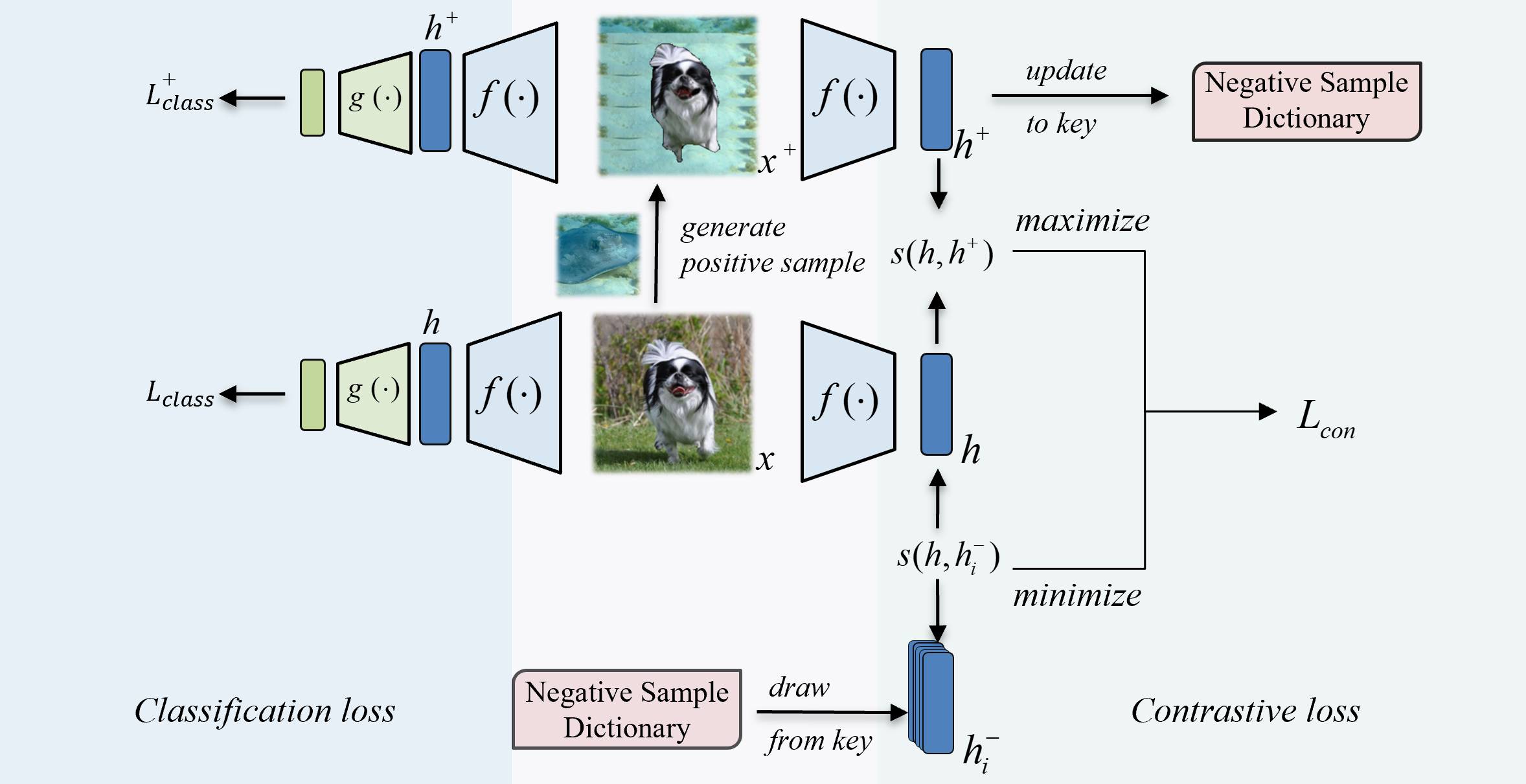CLAD
A Contrastive Learning based Approach for Background Debiasing
CLAD (Contrastive Learning for Adversarial Debiasing) introduces a novel approach to reduce background bias in deep learning models through contrastive learning techniques. This project addresses a critical challenge in computer vision where models often learn spurious correlations with image backgrounds instead of focusing on the main objects of interest.
Key Features
- Contrastive learning framework for background debiasing
- Novel loss function design for improved feature learning
- Extensive evaluation on multiple datasets
- State-of-the-art results in reducing background bias

Overview of the CLAD methodology showing how contrastive learning helps in background debiasing.
Technical Details
The project implements two main components:
-
Contrastive Learning Module
- Feature extraction and representation learning
- Background-aware negative sampling
- Adaptive margin selection
-
Debiasing Framework
- Background separation techniques
- Multi-task learning approach
- Evaluation metrics for bias measurement
For more technical details, refer to our publication (Wang et al., 2022).
